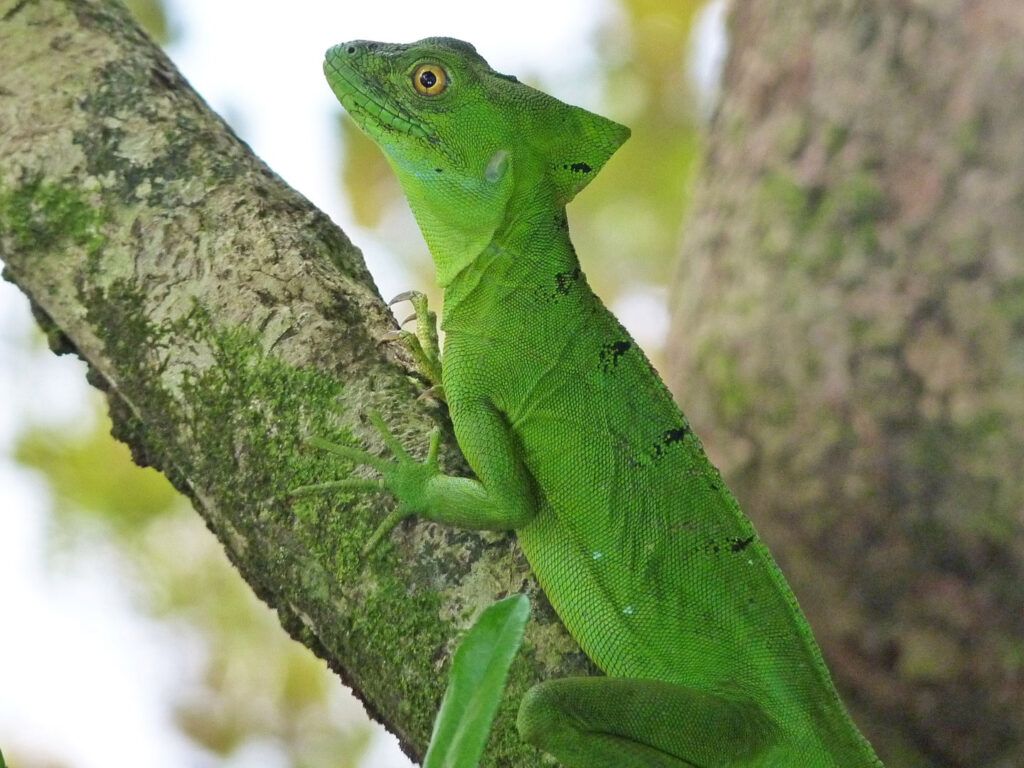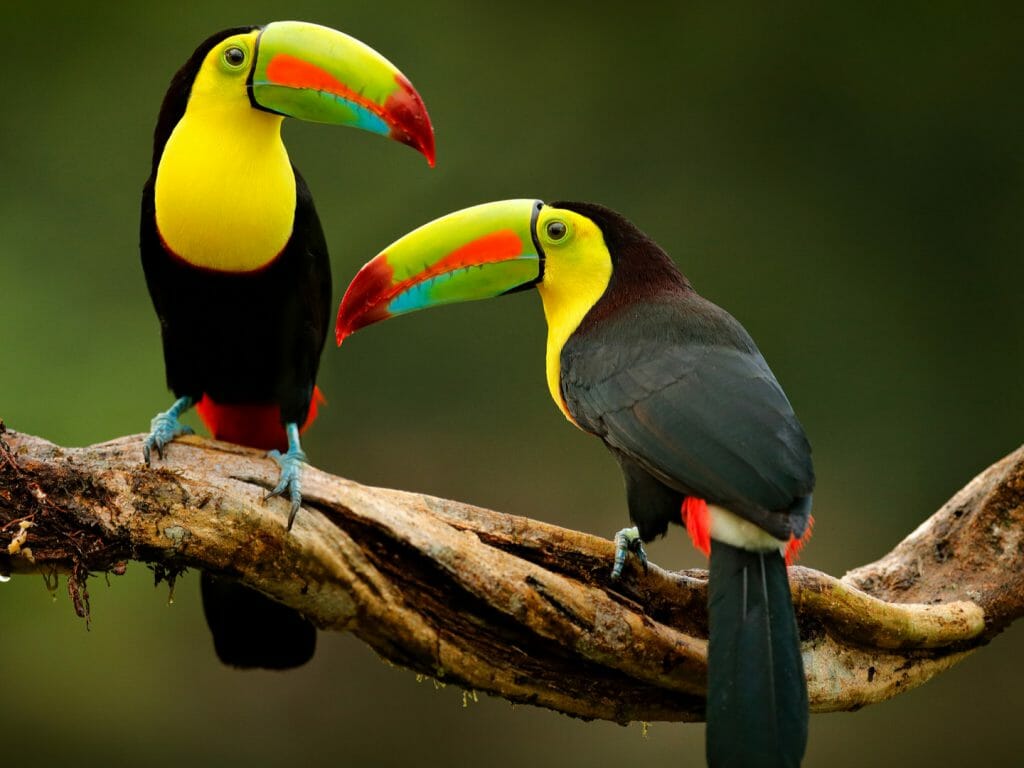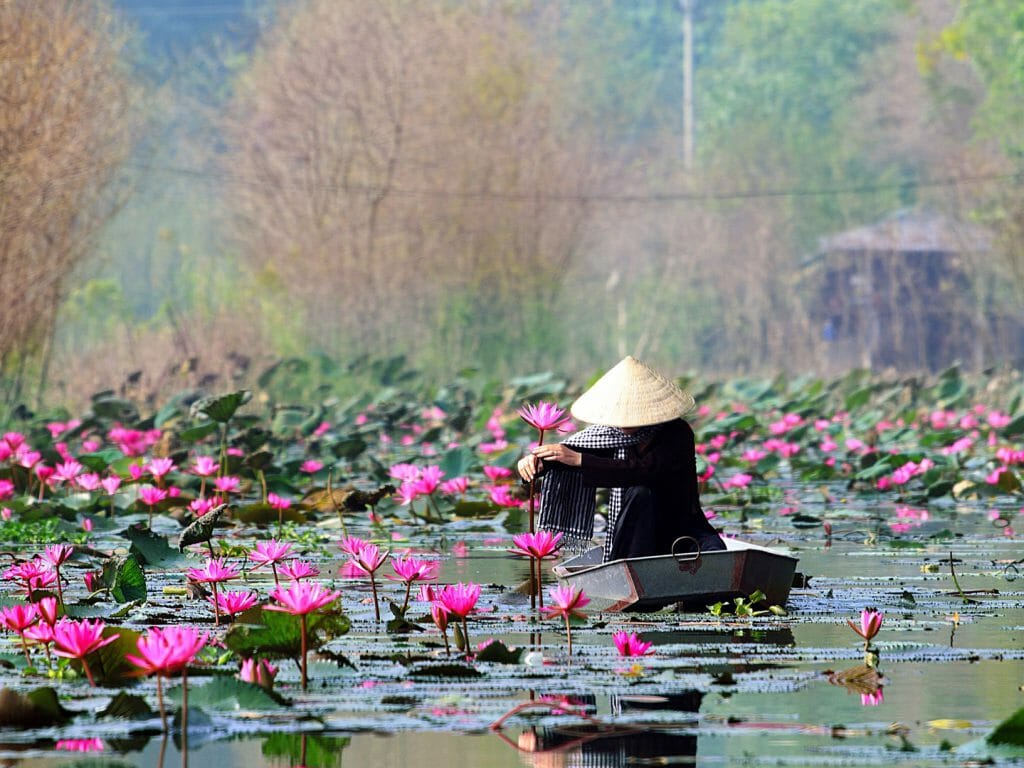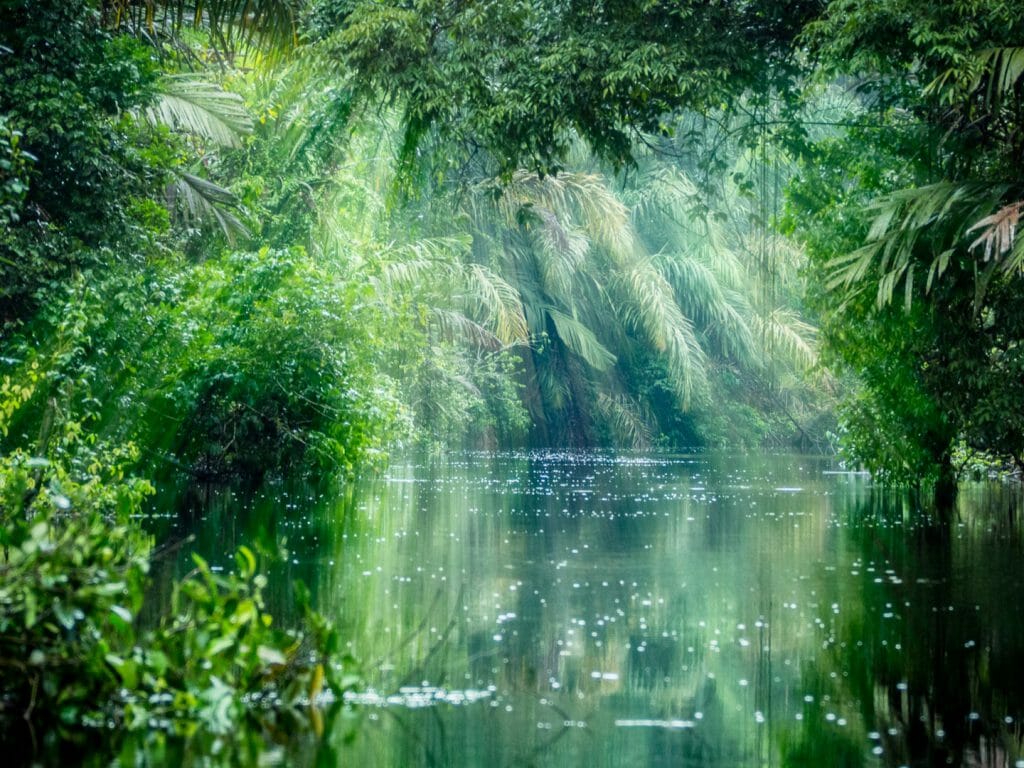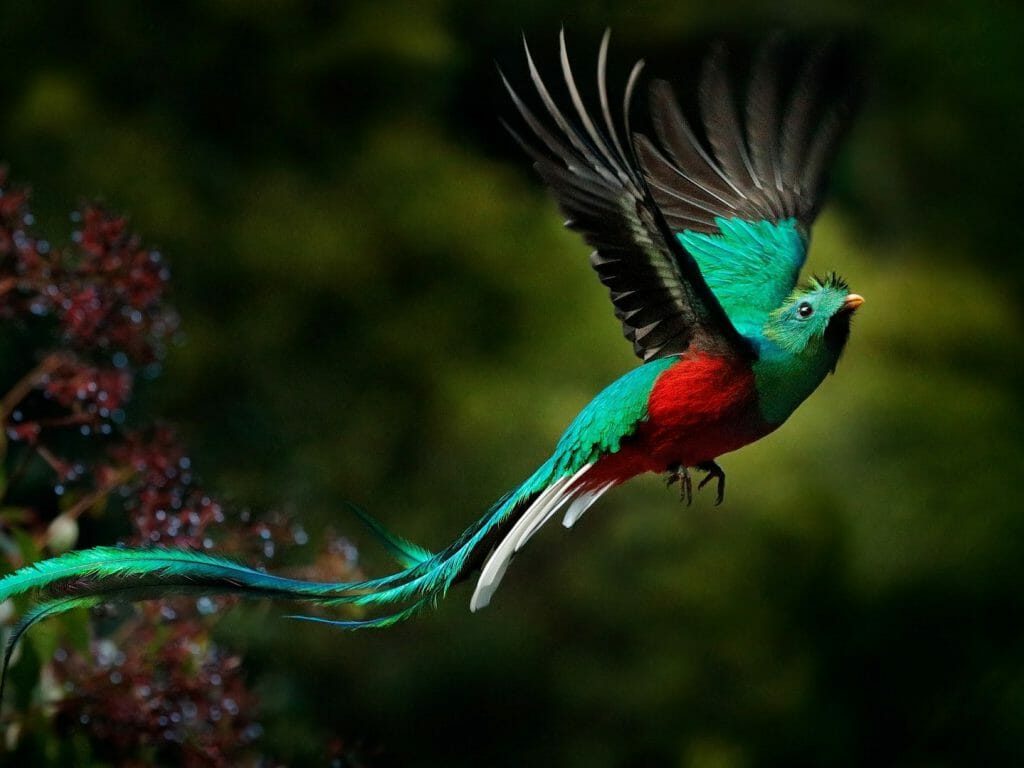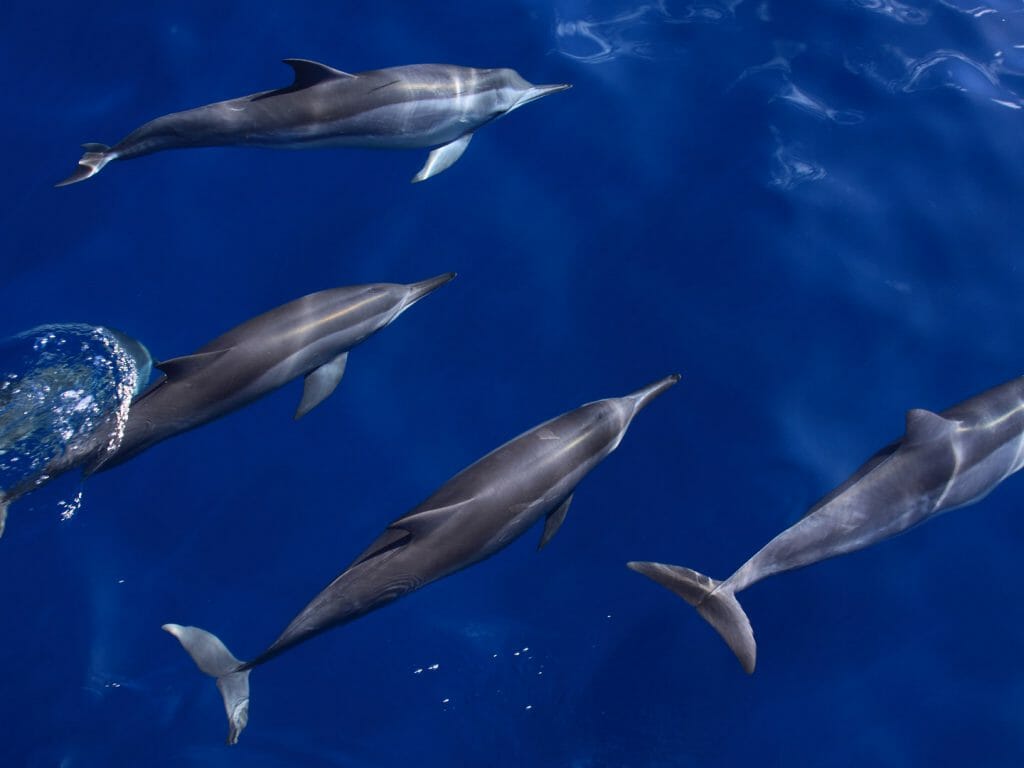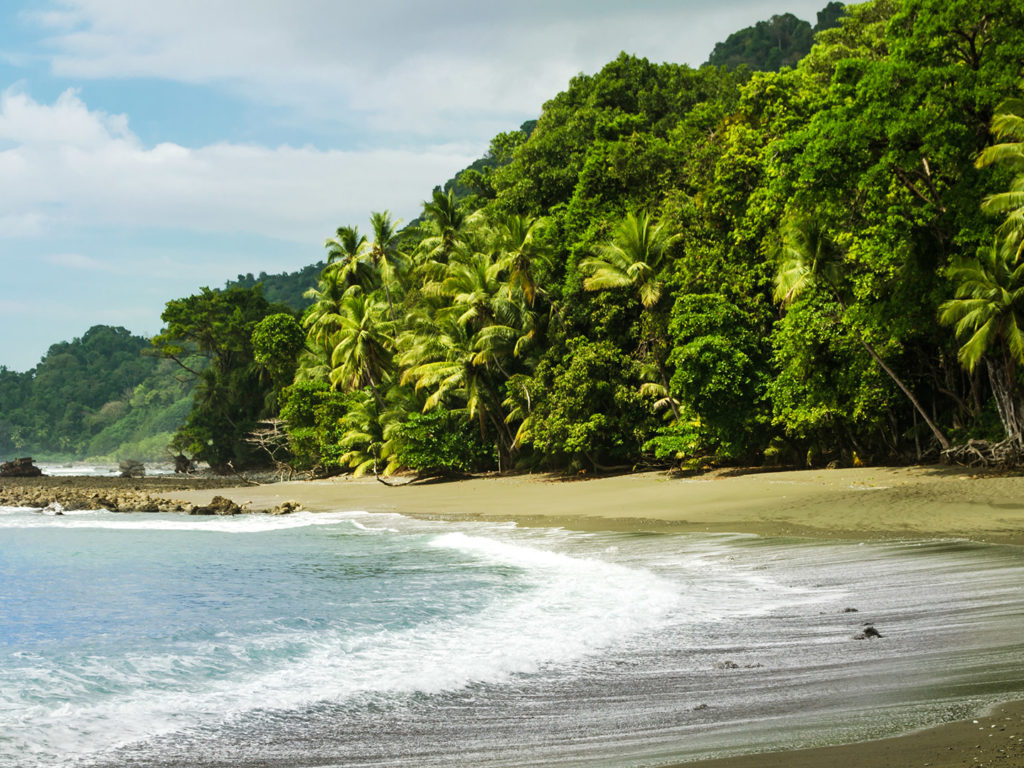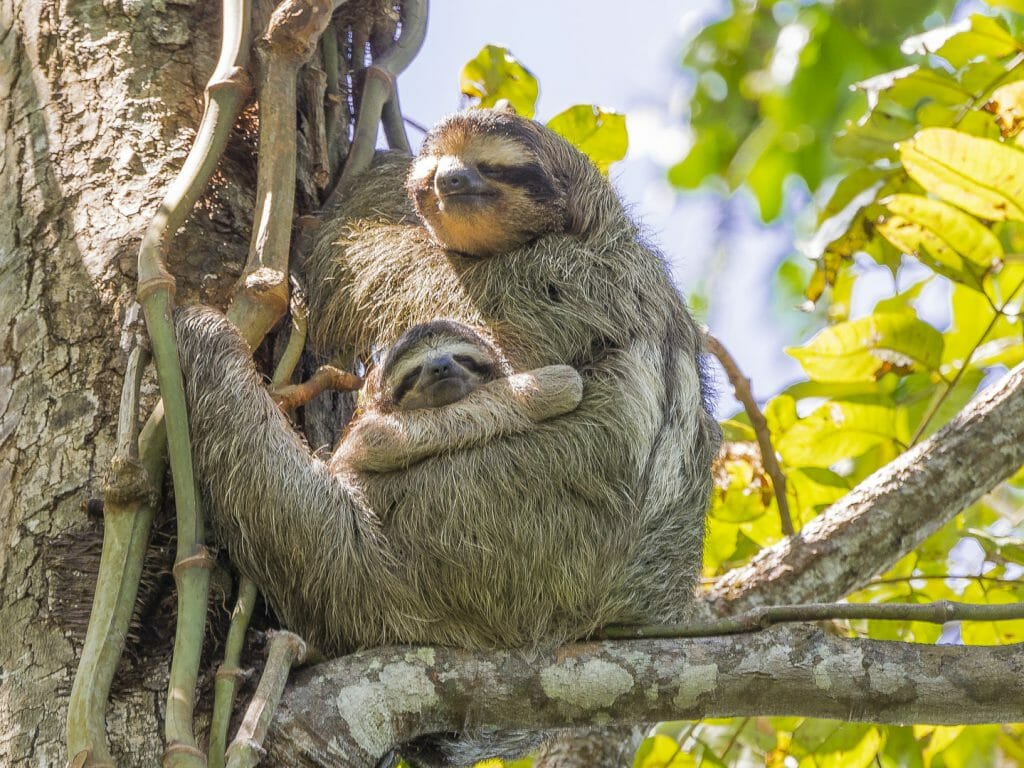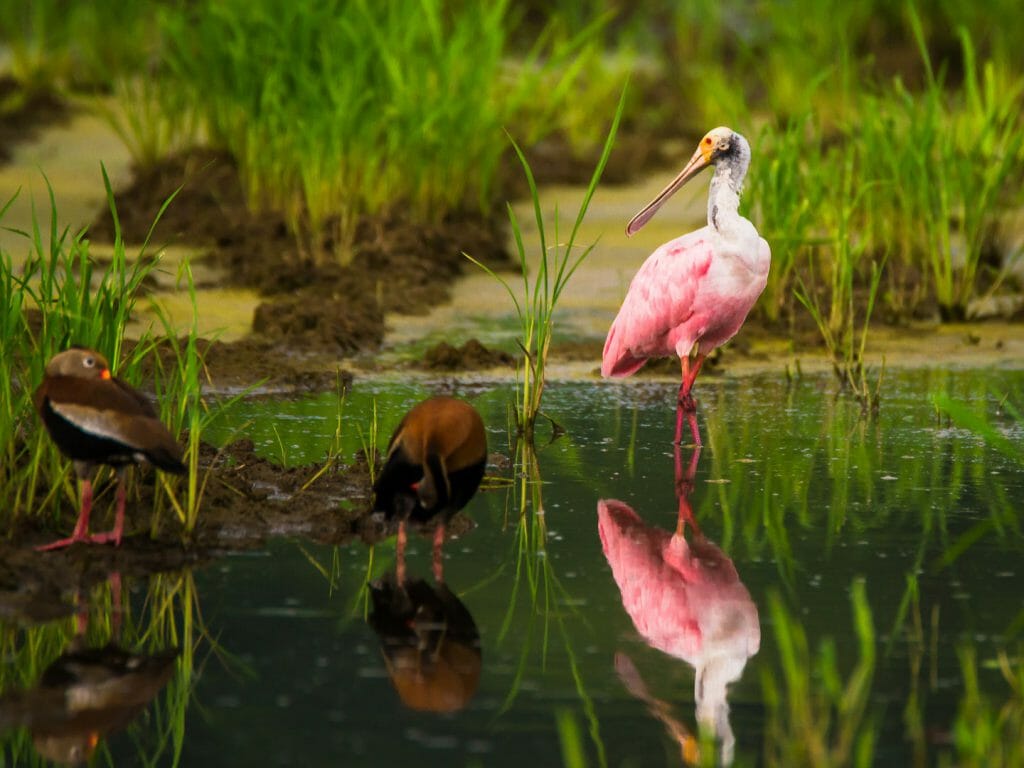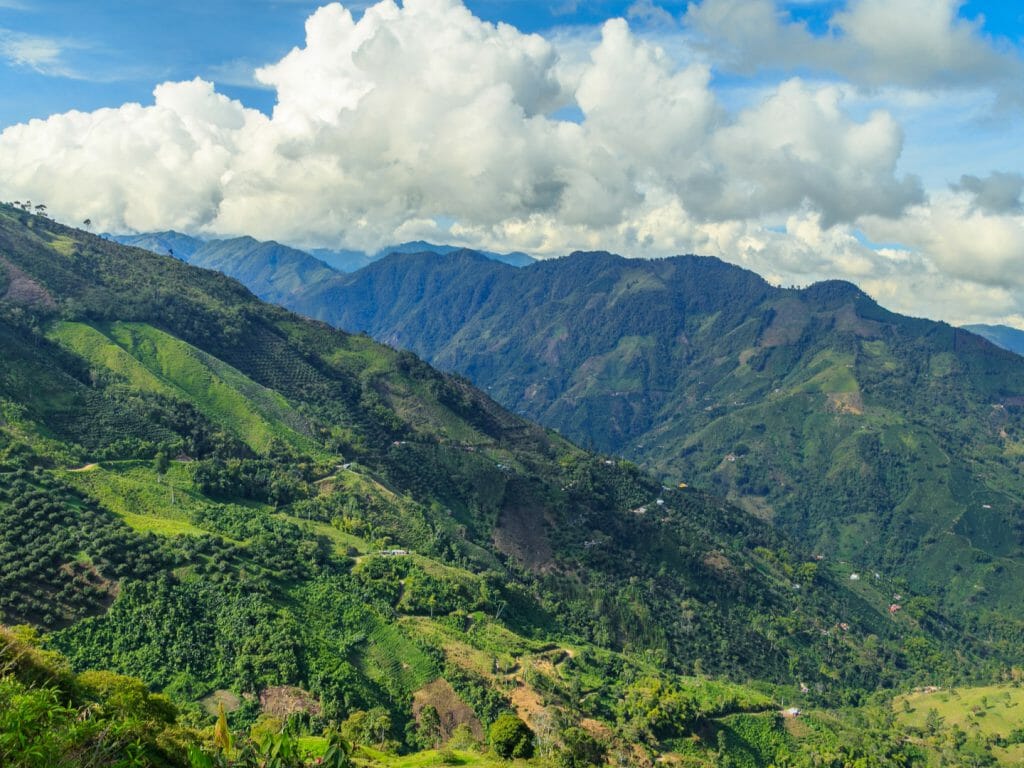Cold, wet, bedraggled and exhausted but very, very happy and giggling uncontrollably like a schoolboy on a roller-coaster. That’s the last photo of me from a recent return visit to Costa Rica, having just rafted the tumbling white waters of the Pacuare River.
Costa Rica is an iconic Central American destination, famed for its safety record and lack of an army but also for the generally careful way it has developed tourism, protecting the national parks, diverse wildlife and stunning scenery that draw people to this country, the rallying cry of which is “pura vida” (pure life).
The aim in returning to one of my all-time favourite destinations was to delve a little deeper than before and seek out some more “off-the-beaten-track” locations, lodges and experiences. The forest-lined canals of Tortuguero, towering Arenal Volcano and the cloud forest of Monteverde are hugely impressive but I was on a mission to prove to myself and Steppes clients that there is plenty more to do and see.
Turrialba is an agricultural area, a couple of hours to the east of San Jose. The town and region are dominated by the huge volcanoes Irazu and Turrialba, which are responsible for the nutrient-rich soil that positively demands that crops of coffee and bananas grow faster and taller than anywhere else.
These are Costa Rica’s largest and most active volcanoes – absolutely perfect for a hiking trip from the densely vegetated lower slopes, through paramo forest to a peak that on a clear day offers views to the Atlantic coast. Costa Rica is not known for its archaeological sites but Guayabo excavations have revealed the remains of a “lost” pre-Columbian city that was home to over 10,000 people and mysteriously vanished just before the Spanish arrived in the 16th Century.
Turrialba is a great centre for adventure activities such as hiking, biking, canyoning, rafting and horse-riding. It’s also a terrific place if you have an interest in tropical plants and my favourite “unusual” tour in this “off-beat” corner of Costa Rica is a nighttime coffee walk – a mystical evening stroll along the lit trails of a coffee plantation, followed by a tasting of the various products derived from this magical bean.
I continued south to the attractive little town of San Gerardo de Dota. A tight valley cuts through the western slopes of Cerro de la Muerte, it contains a handful of simple forest lodges that are perfect bases for exploring the mysterious world of the moss and vine-draped, mist-shrouded cloud forest. A trail (pretty much from my front door), within a couple of minutes, saw me deep in the clammy embrace of this twilight forest world. This valley is currently considered one of the best spots in Costa Rica to see the resplendent Quetzal – one of the world’s most striking birds.
Ironically, it’s unlikely that you will catch a glimpse of the Quetzal within the overgrown forest but are more likely to make a spotting in the opening provided by the narrow track that runs the length of the valley. My birding guide took me to a tiny wooden cafe/shack that was stuck on the valley side and in front of which grew the tiny avocado-like fruit that Quetzals love. He swore that his “secret” viewpoint was the best place to see this bright tropical bird. Unfortunately, a ten minute stop in a tight schedule did not produce a sighting but the other birdlife, views, coffee, pastries and extremely friendly hostess tempered the disappointment.
I then turned my attention to Costa Rica’s wild north and to the Cano Negro Wildlife Refuge. A long suspension-testing drive is rewarded by a stay in one of the world’s four most important wetland areas, that is simply incredible for bird-watching and home to many sloths, monkeys, caimans, bats, tropical plants and the elusive jaguar.
The highlight here is spending hours gliding along the jungle-lined rivers with an expert wildlife and birding guide to point out creatures that the untrained eye would never see. Three hours pass in the blink of that eye but my camera reminds me that we have seen lines of bats at the base of riverside trees that arch over the muddy waters, tens of caimans, black howler monkeys, water-scampering Jesus Christ lizards, Emerald basilisks, sloths, snakes and a huge range of birdlife including the amazingly camouflaged Great Potoo that took 5 minutes of patient pointing by my guide, until I located it. He even took a picture with my camera in case my “urban” eyes would not make it out. At times the river opens out into lagoons that are dotted with small grassy islands, bizarrely often occupied by cattle, who have waded out for lunch.
And so on to Tenorio Volcano and National Park. This is a great alternative to staying around the famous Arenal Volcano, which attracts most visitors to the region. This rugged volcanic landscape at the northern tip of Lake Arenal contains tropical dry forest and the big attraction here is a hike through the pristine forest along the electric blue coloured waters of Rio Celeste. In fact, this hike is largely about the impact that volcanic geology has on the environment. At one stage, two brooks merge, creating the chemical reaction that turns the clear water blue. Hot springs bubble up from the river floor infusing the air with a pungent sulphuric “perfume”.
One of the many highlights of this walk is a steep descent to the deep blue plunge pool at the base of a perfect Lost World style jungle waterfall. As I started to strip off for a natural power shower, my guide pointed out that the strength of the naturally occurring chemicals would possibly result in “extreme exfoliation” rather than just softening the skin and so I skipped the rainforest shower. This walk culminates in epic views from a lookout point – a great spot to unpack your lunch.
I also wanted to track down a wilder and lower-key beach stay than that offered by some of Costa Rica’s more popular resorts and I found this at Santa Teresa on the southern tip of the Pacific’s Nicoya Peninsula. The coast here is pumped by the surf. Stretches of sandy beach are book-ended by rocky peninsulas and the result is a ruggedly beautiful stretch of coast.
For all of its remoteness, you can choose from a handful of luxurious small boutique hotels that nestle under palm trees and are set just a few metres back from the palm-fringed beach line. One of the most private and exclusive hotels here has just 5 casitas made from almond wood that is beautifully designed and decorated, no windows or locks and the bathrooms are open-air with large hot water showers in their own garden. This is a place to commune with nature and fall asleep to the sounds of the sea and rainforest.
As I mentioned at the beginning of this blog, I ended my tour of a wilder, remoter Costa Rica with a rafting trip. This was not just an activity but a necessity. I had just spent some time at the fantastically isolated Pacuare Lodge that clings to a tight river bend in a deep valley along the Pacuare River. The idea is that you raft in (a fairly gentle 2 – 3-grade experience) and raft out (a more exhilarating 3 – 4-grade journey). The alternative is a very, very rough 4×4 drive, followed by traversing the river in a precarious metal basket strung from a cable. The river is by far the more exciting option. Lodging here is extremely comfortable with much of the accommodation looking directly across the river to the cloud-shrouded valley side beyond. Top class accommodation with a twist – no electricity. Post dinner (fantastic food by the way) you’ll return to a room that is completely candle-lit. Magical.
These areas require an extra degree of effort to reach but you are rewarded with fantastic scenery, wildlife, a sense of isolation and “being somewhere special and unique”.


